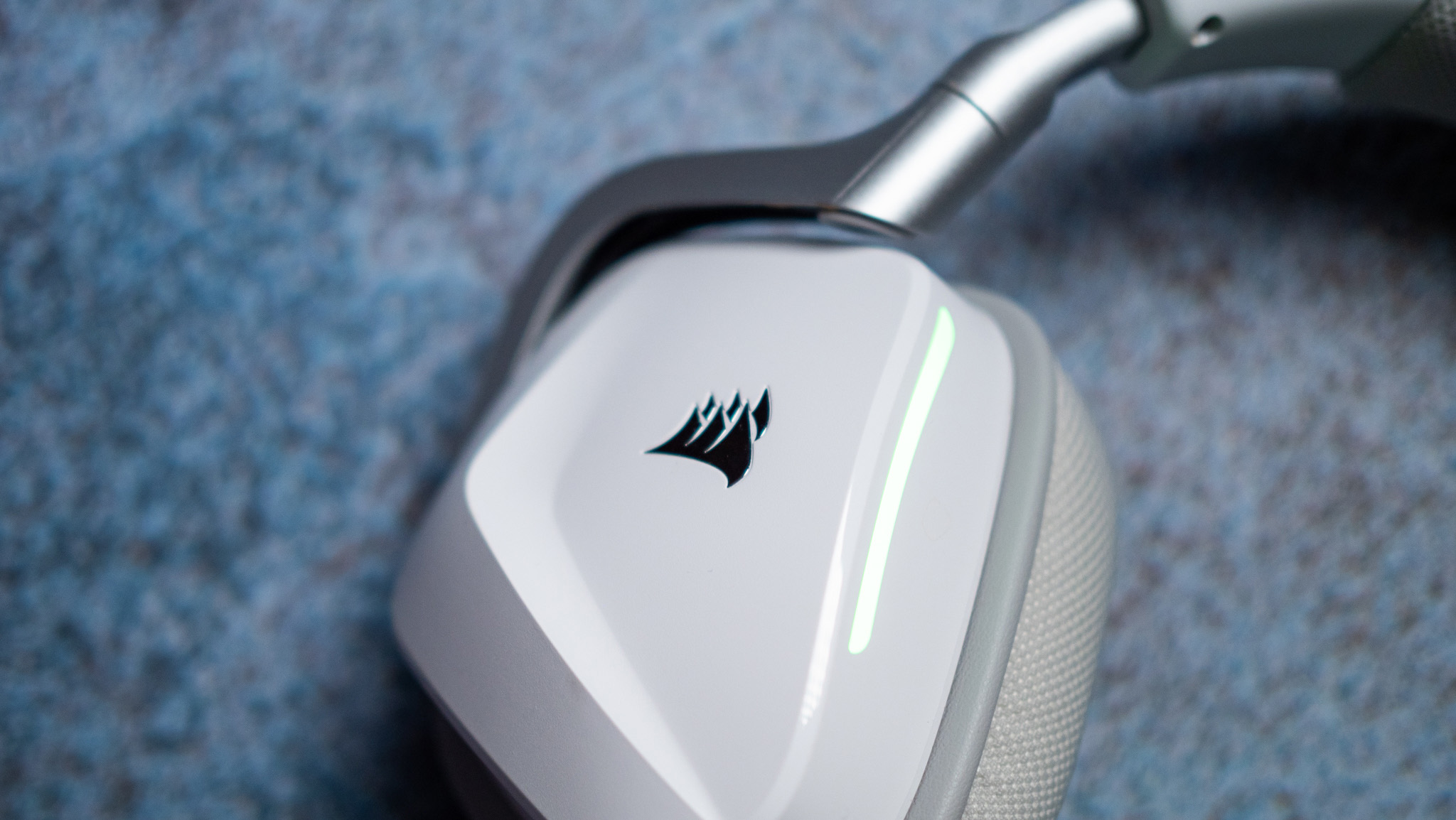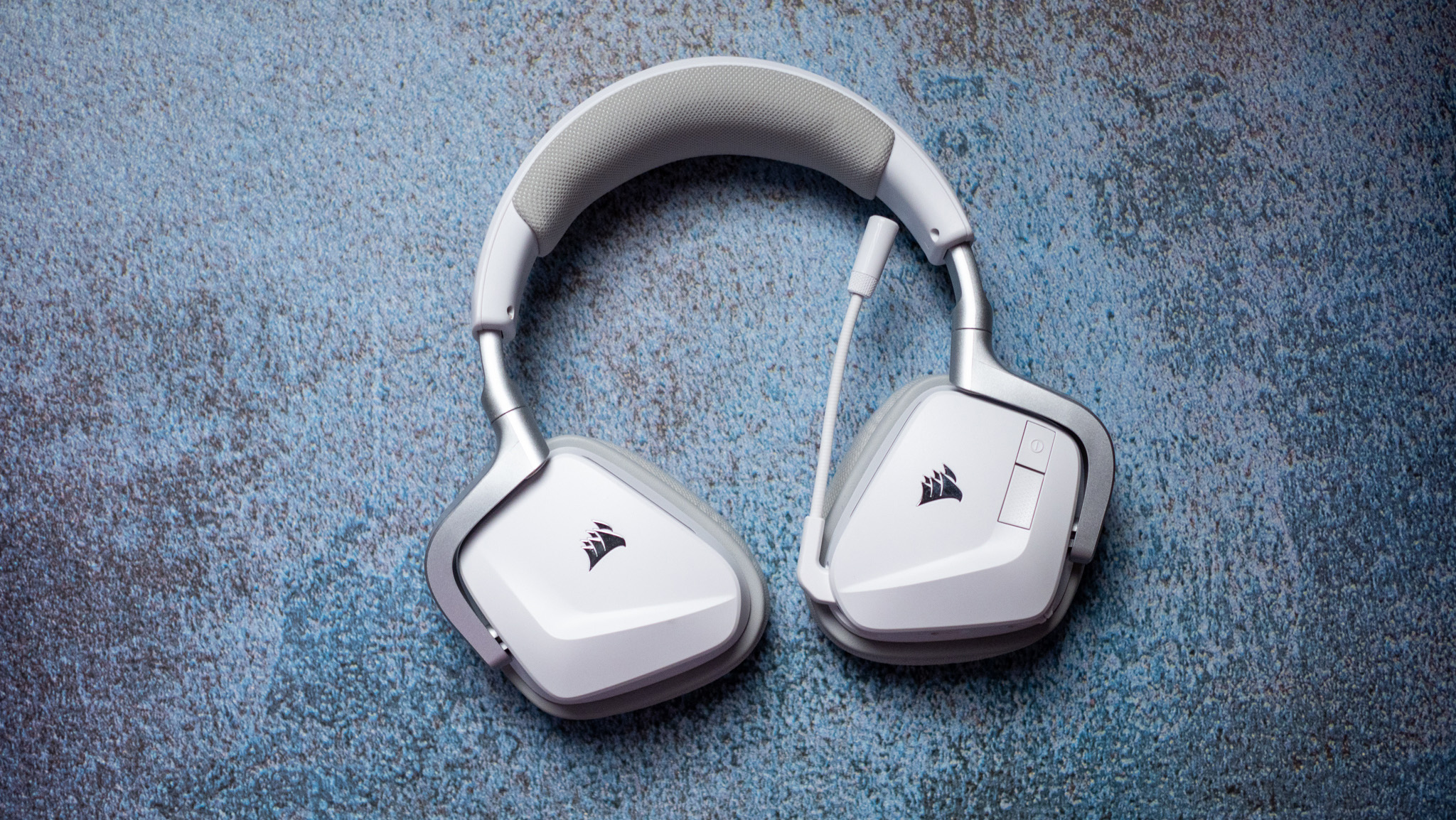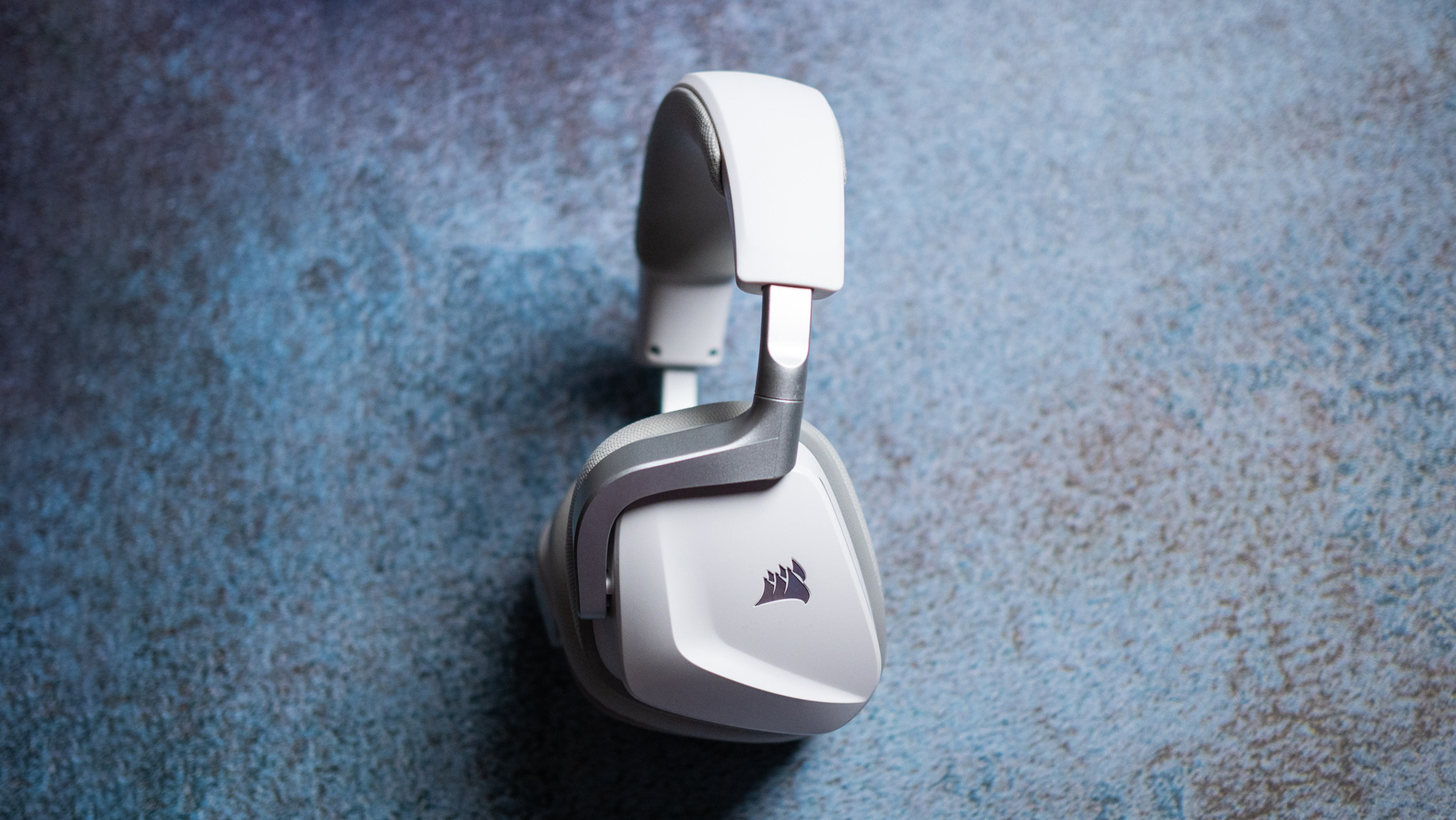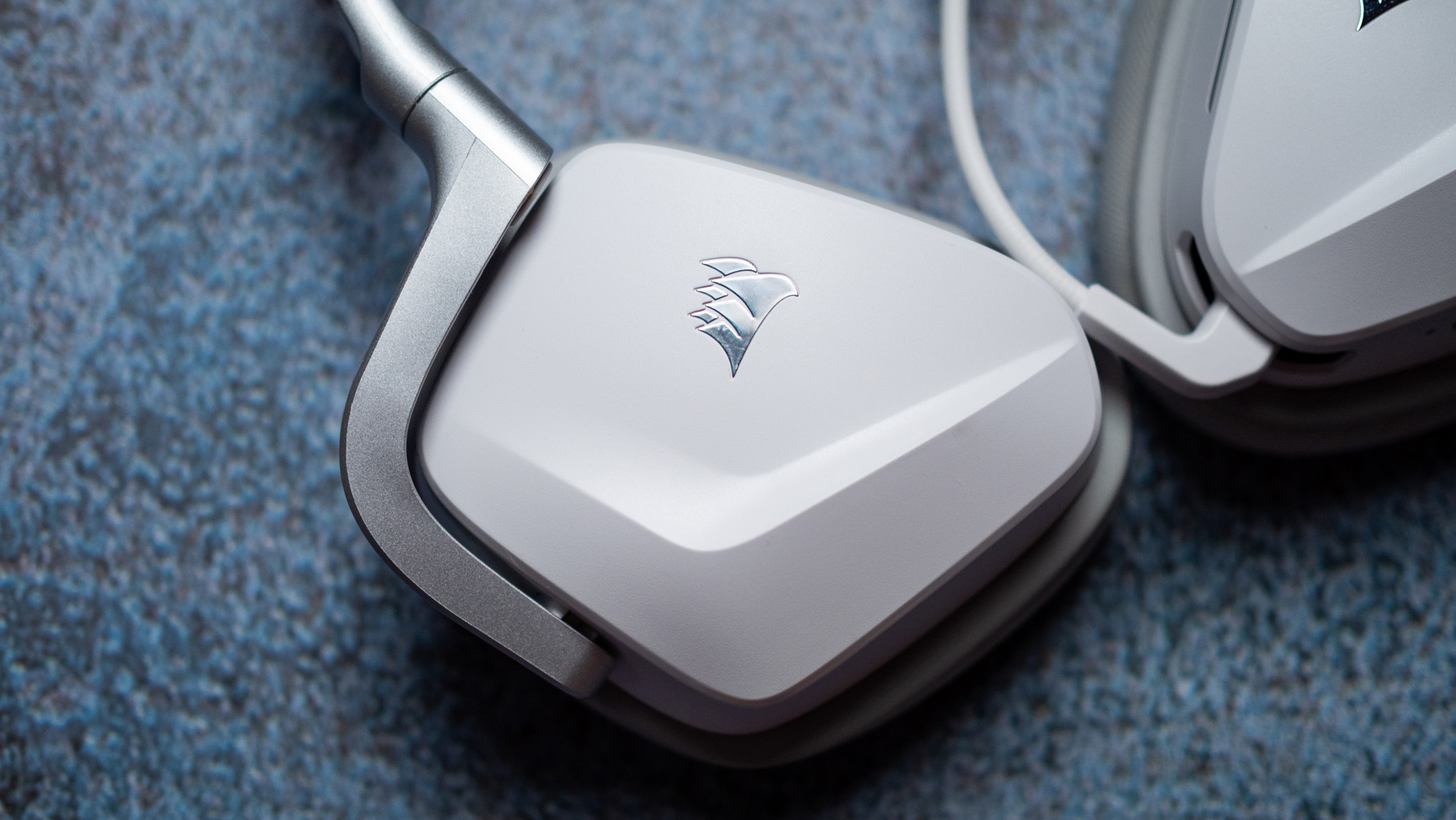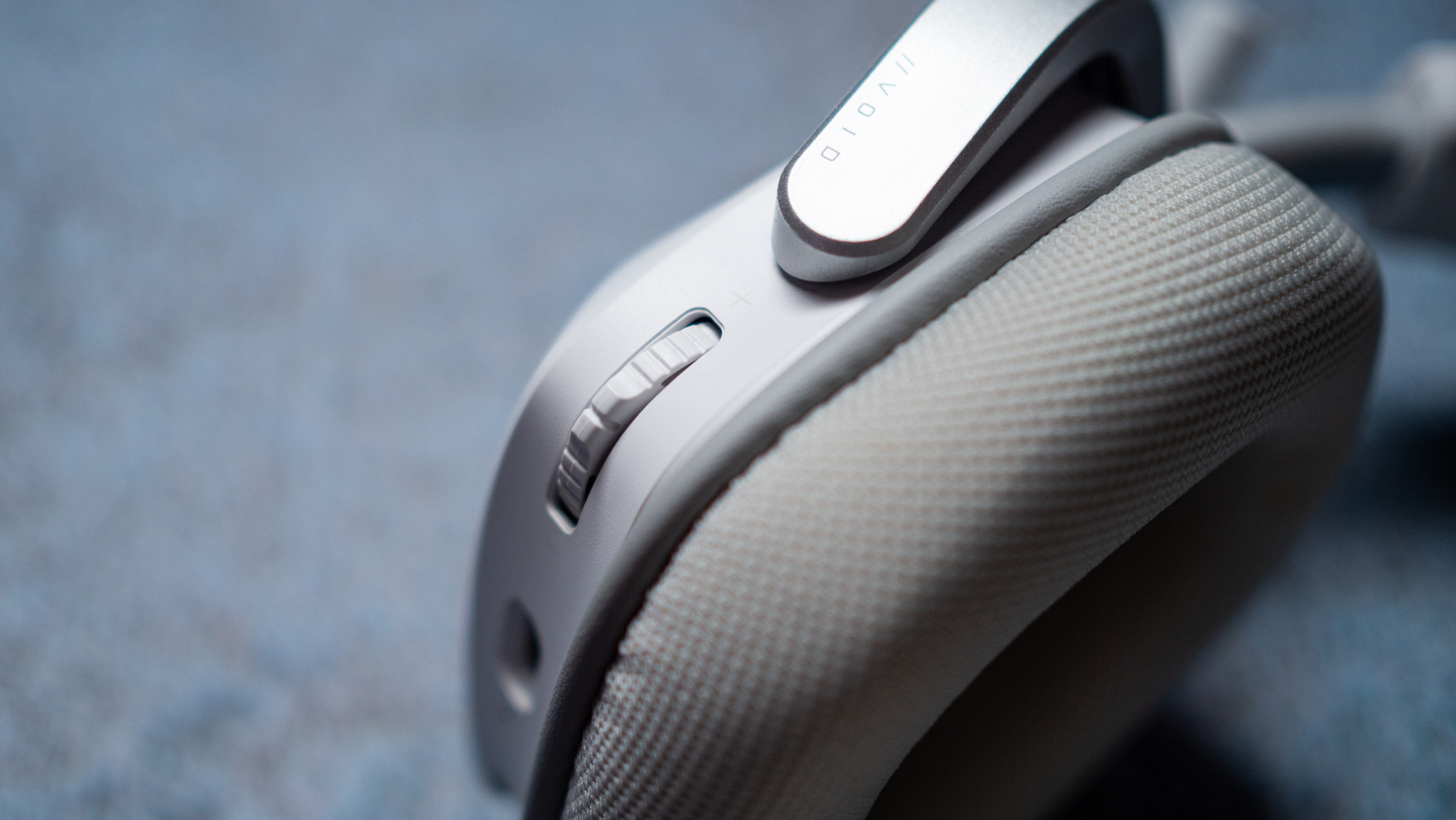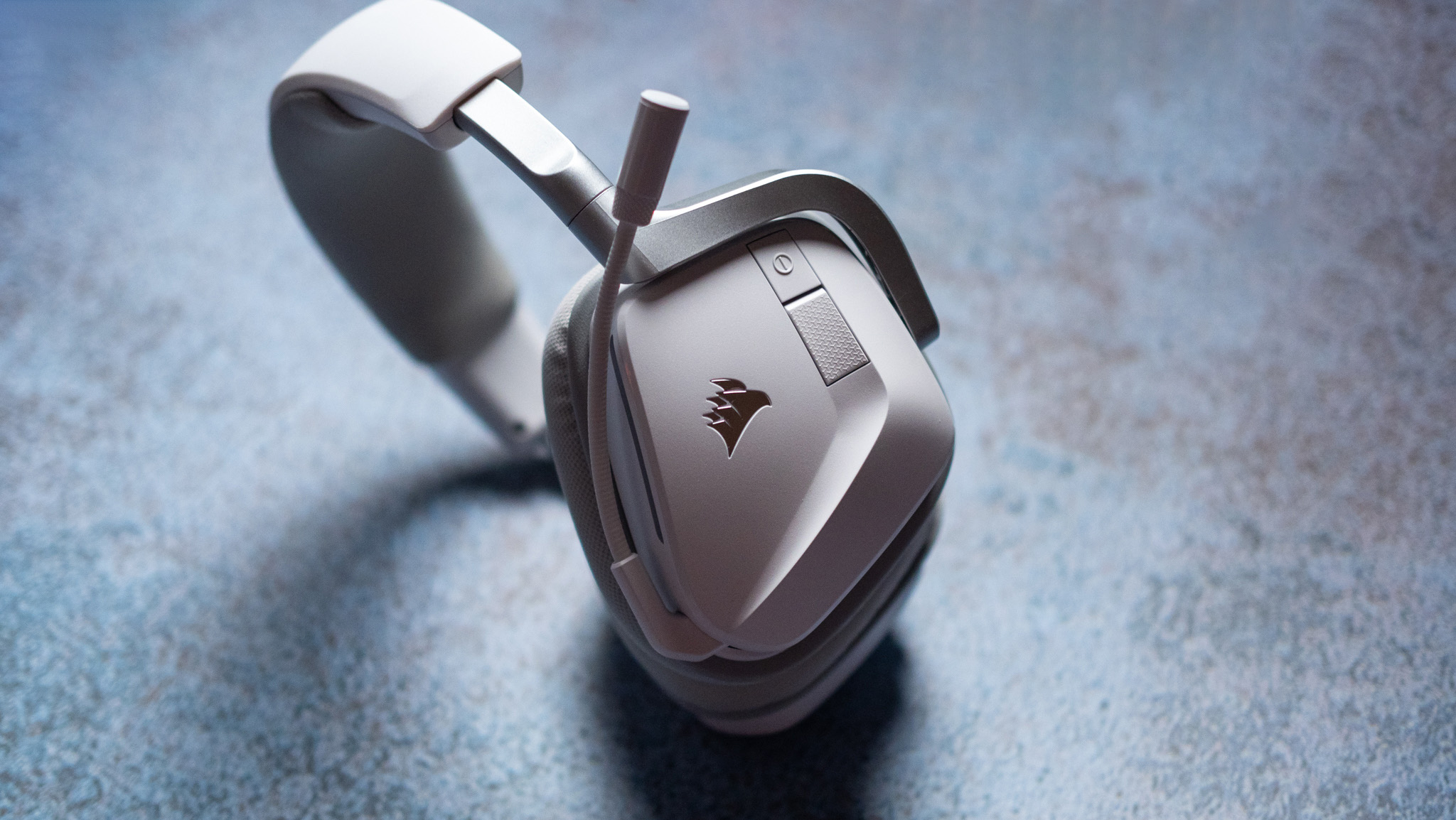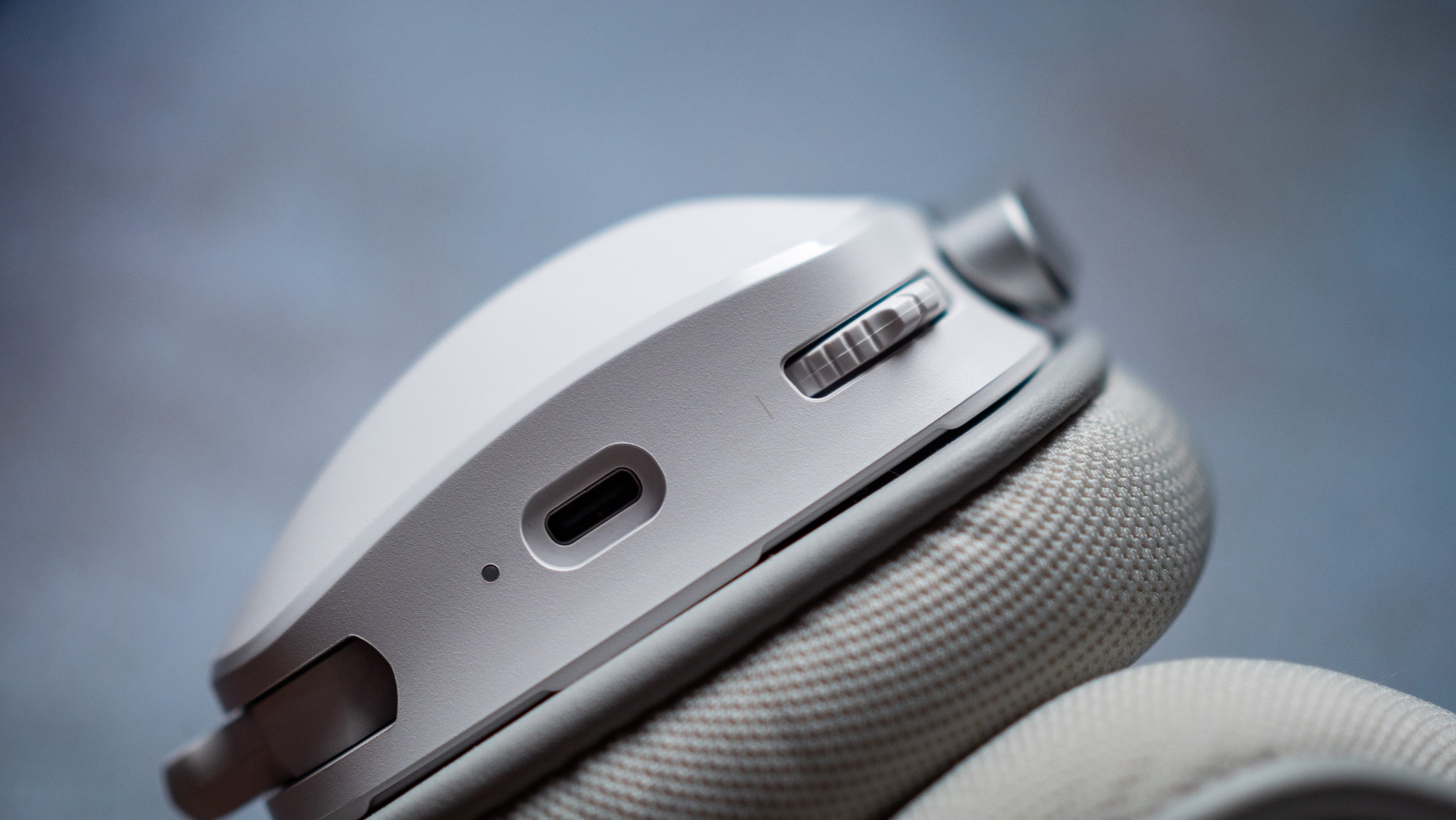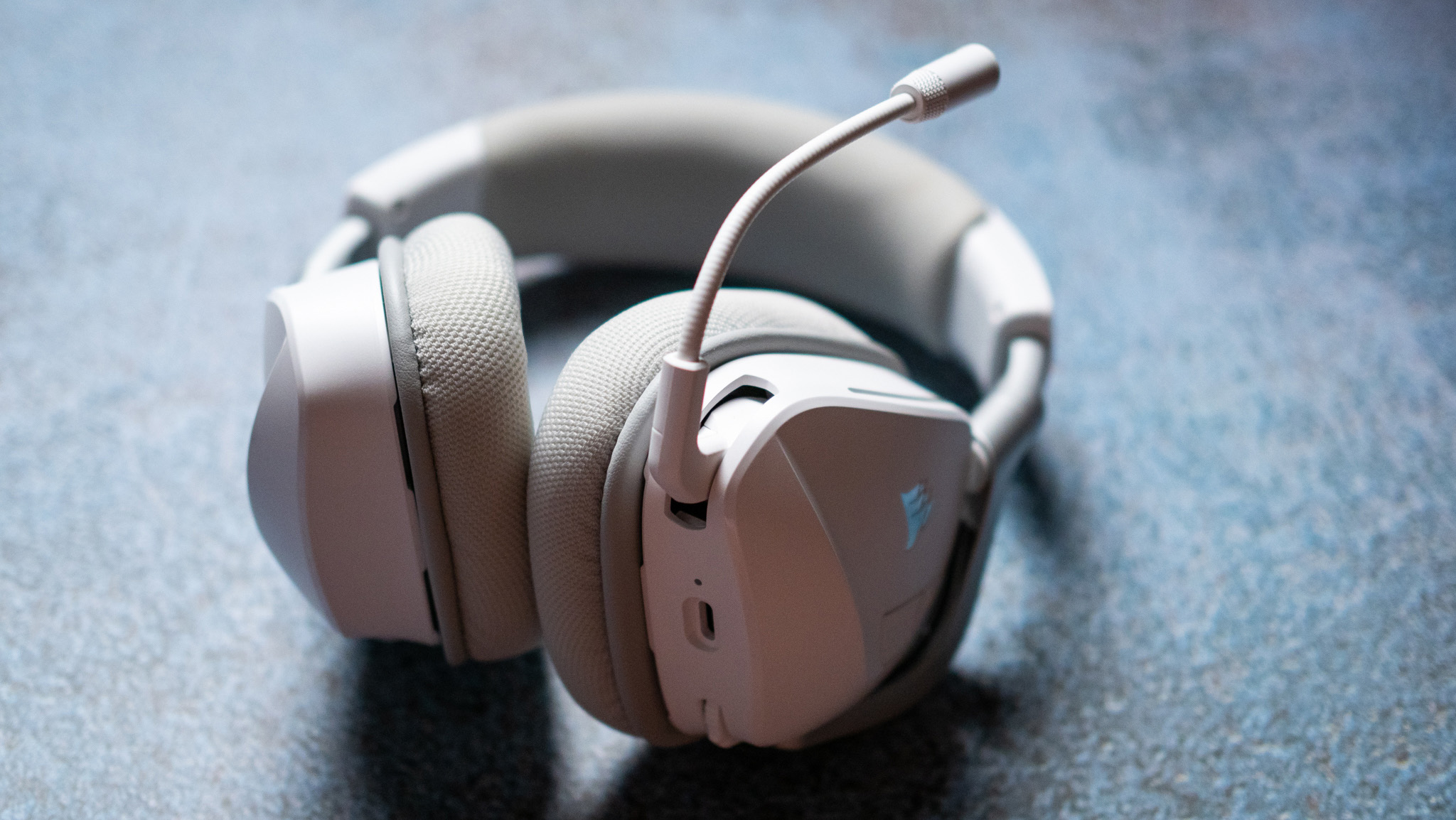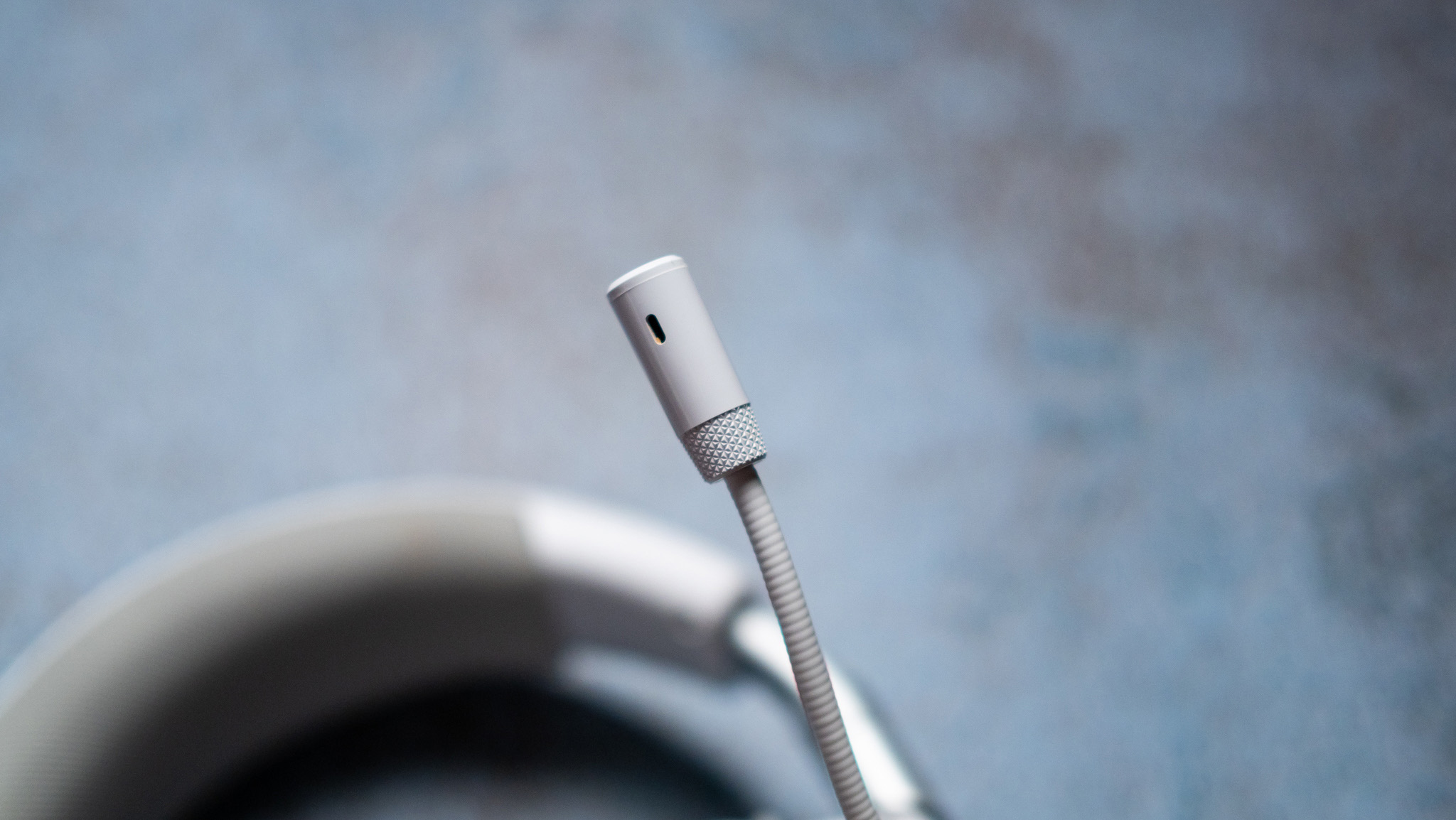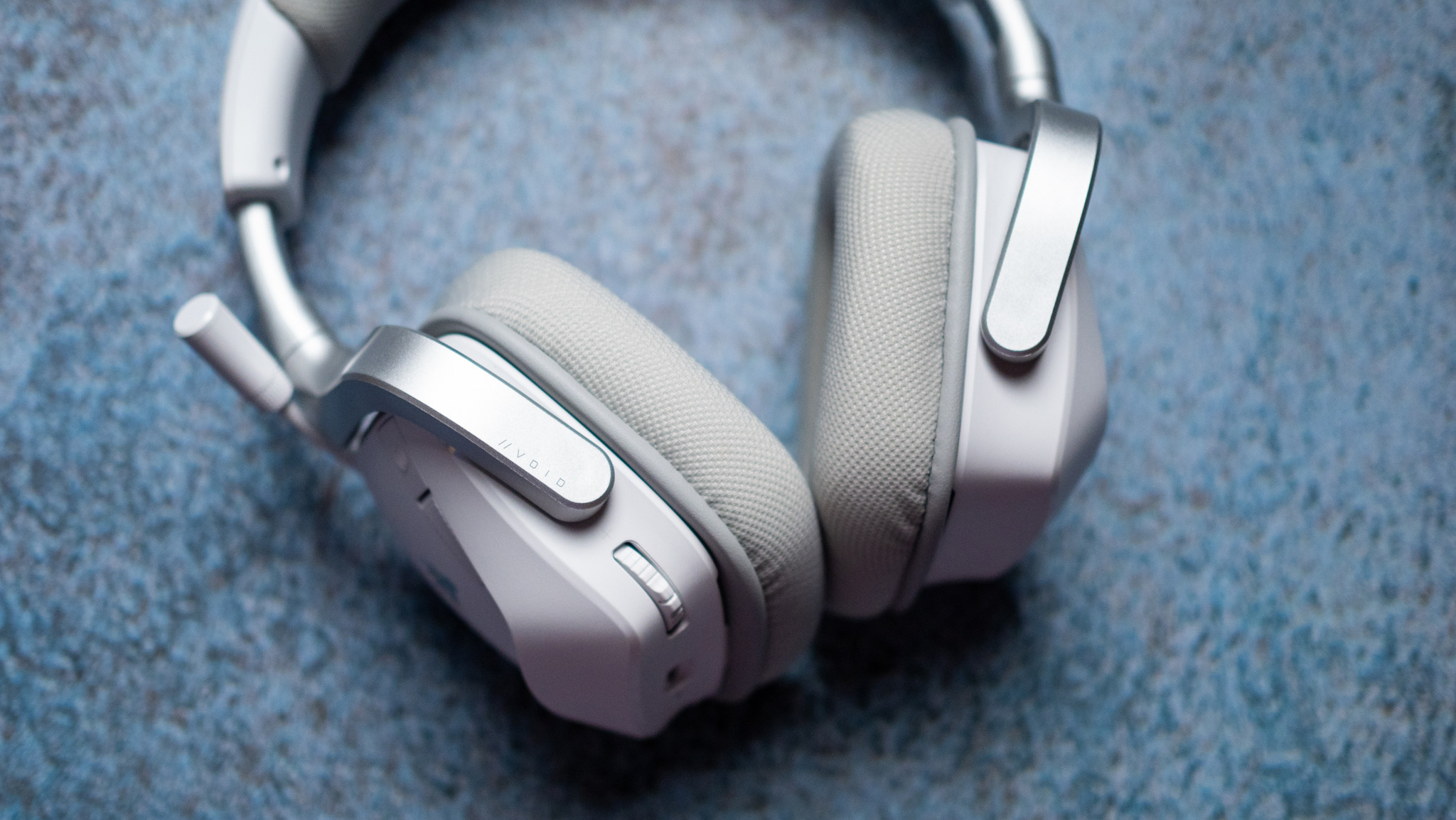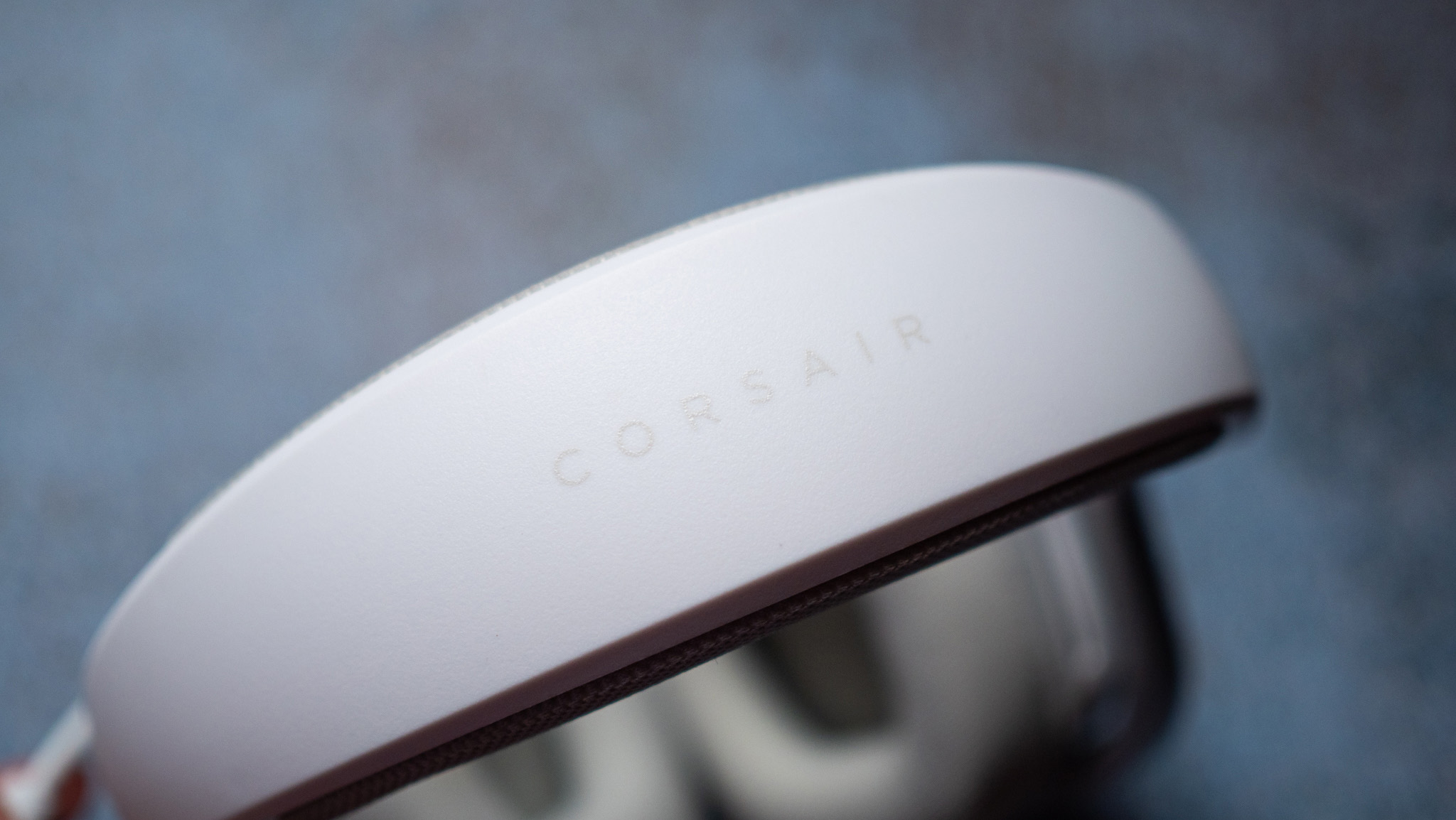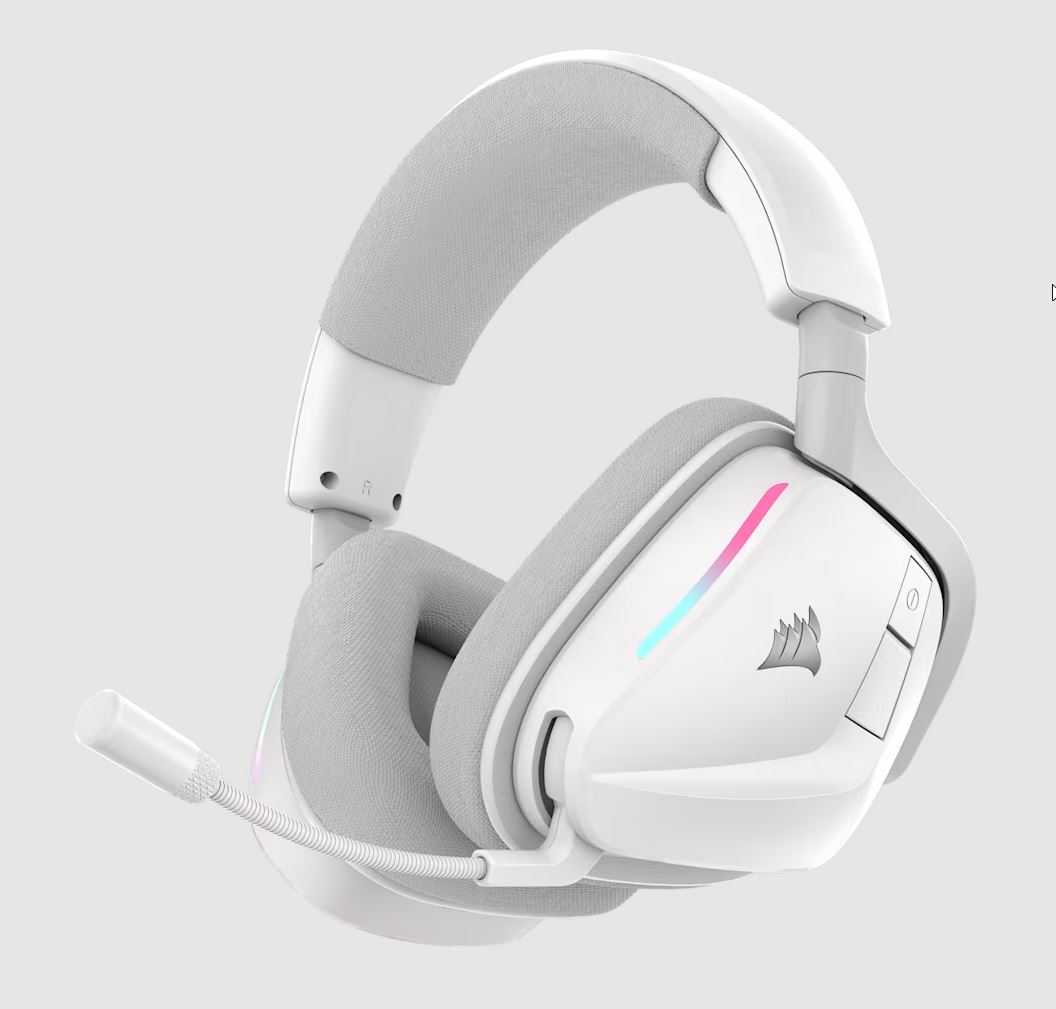Why you can trust Windows Central
Our expert reviewers spend hours testing and comparing products and services so you can choose the best for you. Find out more about how we test.
Corsair knows what it takes to make a great gaming headset, and in recent years, the brand prioritized sound quality, making custom 50mm drivers that gave its products a distinct edge.
That was evident when I reviewed the Virtuoso Pro last year, and Corsair took things to a whole new level with the Virtuoso Max “premium” headset.
With the Void V2, Corsair is turning its attention to the mid-range category. The headset has 50mm drivers just like its Virtuoso siblings, and while the design isn’t quite as eye-catching, it has the same great build quality.
The sound quality is the best of any sub-$200 headset I’ve used, and it’s light enough that I didn’t have any issues even with extended use.
Battery life is among the best in this category, and it even gets fast charging. There’s Dolby Atmos spatial audio, and the Void V2 connects over 2.4GHz alongside Bluetooth to avoid cables.
Clearly, you don’t miss out on any features besides Xbox compatibility, and the best part is the affordability — coming in at $109, the headset offers fabulous value if you want to switch to better sound.

When I’m not testing phones for reviews at sister site Android Central, I’m testing PC hardware and accessories, including gaming headsets and mechanical keyboards here at Windows Central.
This review was made possible thanks to a review sample provided by Corsair. The company had no input nor saw the contents of this review prior to publication.
Void Wireless V2: Pricing, specs, and availability
Corsair unveiled the Void Wireless V2 on April 17, 2025, and the gaming headset is now available in all global markets where the brand has a presence. It’s available for a $119.99 MSRP in the United States, and for £99.99 in the U.K. alongside €119.99 in various regions throughout Europe, and equivalents in other parts of the world.
Similar to Corsair’s other headsets, the Void V2 offers a two-year standard warranty, and it’s available in white and black variants. You can pick it up from third-party retailers like Amazon and Best Buy now.
|
Spec |
Void Wireless V2 |
|---|---|
|
Connectivity |
USB receiver or Bluetooth |
|
Compatibility |
PC, PlayStation, Mobile (No Xbox) |
|
Battery life |
Up to 70 hours (2.4GHz) or up to 130 hours (Bluetooth) |
|
Range |
Up to 50ft |
|
Drivers |
50mm |
|
Headphone sensitivity |
116dB (+/-3dB) |
|
Microphone sensitivity |
-40dB (+/-3dB) |
|
Weight |
303g |
Void Wireless V2: Design and connectivity
Every brand has its own design aesthetic when it comes to gaming headsets, and Corsair is no different. Its designs are characterized by oblong ear cups with a distinctive yoke that attaches to the back. The headset is made out of plastic, and the matte texture ensures smudges don’t show up in daily use. Build quality is terrific, and I didn’t see any issues after a month of testing.
The white color variant looks cleaner, with the light grey ear cushions providing a bit of design contrast. The memory foam ear pads deliver exquisite comfort, and they’re decked out in a breathable microfiber fabric that stays cool. Even after several hours of extended use, I didn’t notice the slightest discomfort with the headset. That said, the oblong design means the headset may not fit everyone quite as well.
Coming in at 303g, the Void V2 is on the lighter end of the scale, and it doesn’t lead to any noticeable strain after marathon gaming sessions. Corsair does a great job with RGB lighting on its headsets, and it switched out the RGB-lit logos and used two lighting zones at the front of the headset, which gives it a cleaner look.
Like most gaming headsets, the Void V2 connects via a USB receiver over 2.4GHz, and there’s Bluetooth connectivity. I didn’t have any issues connecting it to my gaming rig via the USB receiver, nor with my Vivo X200 Pro phone or Steam Deck. It’s a bit of an annoyance that you can’t just plug in the headset via USB-C, but it isn’t too big a limitation — I didn’t see any issues over Bluetooth, either.
The power and multifunction buttons are located on the left ear cup, with the volume control jog wheel on the underside of the left cup and the USB-C port housed next to it. The mic folds up when not in use, but it isn’t detachable; that’s the only quibble I have with the design of the headset.
One of the best things about the Void V2 is that it doesn’t exert much clamping force — unlike the Audeze LCD-GX I tested previously — and it allows the headset to stand out as a result. Overall, Corsair did a great job with the design and build quality, and the Void V2 is one of the lightest and most comfortable headsets around today.
Void Wireless V2: Performance
I used all the gaming headsets Corsair rolled out in the last six years, and sound quality just hasn’t been a problem. That thankfully hasn’t changed with the Void V2, and thanks to the custom 50mm Neodymium drivers and gaming-focused tuning, the headset sounds incredible.
There’s good detail retrieval and clarity, and the Void V2 is highly enjoyable to use on Windows as well as PS5 via the USB receiver, delivering crystal-clear sound and great imaging. There’s no harshness to the sound whatsoever, and it doubles quite well when listening to music or multimedia content in general. Shame there’s no Xbox support, though.
The sound is highly adjustable via iCUE, and you can tweak just about every setting on the mic using Corsair’s software. I don’t use the built-in mic all that often as I have a Yeti Nano USB microphone on my desk, and while the mic is tucked out of the way when not in use, I would’ve liked a detachable option like the Virtuoso series.
There isn’t a dedicated mute button either, but the mic doesn’t pick up much noise when it’s tucked away. It has a textured finish that makes it easy to locate, and the boom mechanism has a smooth glide. The quality of the mic itself is pretty great, and it is one of the better options you’ll find in this segment.
Switching over to battery life, the Void V2 manages to last over 60 hours on a full charge, and that’s just incredible; there are absolutely no issues in this area, and you’ll only need to charge this headset once a week at most. There’s fast charging as well, with a 15-minute charge providing six hours of usage.
Void Wireless V2: Also consider
SteelSeries’ Arctis Nova 7 is a good alternative if you need a gaming headset with great audio. It also uses Neodymium drivers and can be used with Windows, PS5, Xbox, and handheld consoles. The USB receiver is based on USB-C, and it’s convenient to use. It has a comfortable fit, and while it’s heavier than the Void V2, it’s still good for all-day use. The battery doesn’t quite last as long, but you get over 35 hours between charges, and that’s quite good overall.
Void Wireless V2: Should you buy it?
✅You should buy this if …
- You want a lightweight gaming headset
- You want incredible sound quality with spatial audio
- You need all-day comfort
- You want class-leading battery life
❌You should not buy this if …
- You need to plug in via USB-C
- You want a mic that’s detachable
Corsair didn’t put a foot wrong with the Void V2, besides missing out on Xbox compatibility to rank among its best options over there. The gaming headset has good build quality, and the lightweight design with memory foam cups ensures it’s good for extended gaming sessions. The battery life is easily among the best of any gaming headset I’ve used, and there isn’t any need to charge the headset more than once a week.
It’s the sound quality that’s the real differentiator; by using custom drivers and tweaking the sound profile to make it ideally suited for gaming, the Void V2 manages to outmatch its rivals in this key area. Honestly, the lightweight design combined with the vibrant sound and standout battery life make the Void V2 a great choice, and the affordability is the icing on the cake.
The Void Wireless V2 delivers everything you need in an affordable gaming headset. It has great sound, a lightweight design, and the best battery life of any gaming headset I used.


